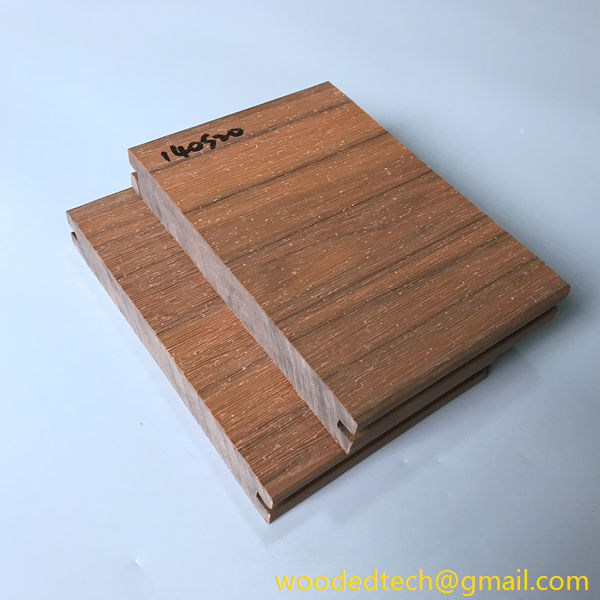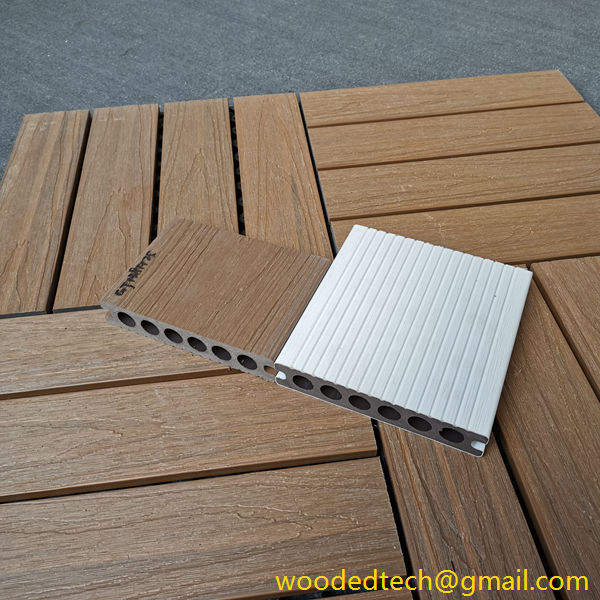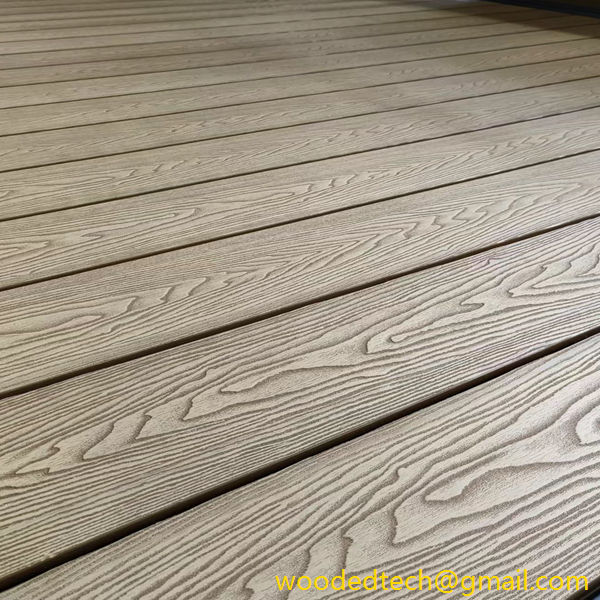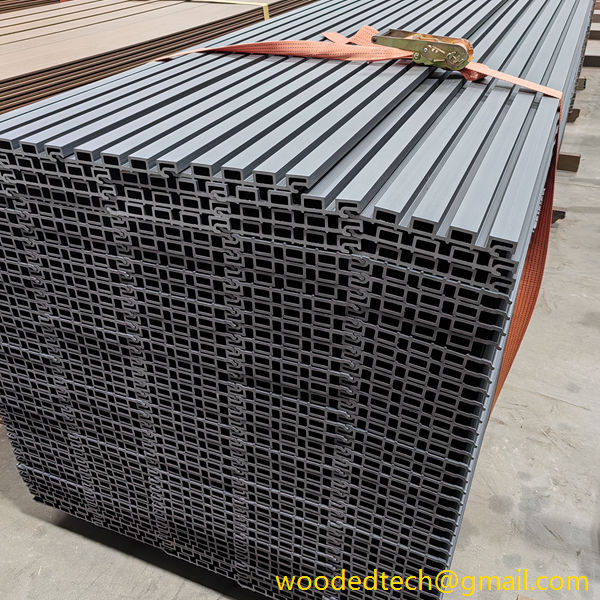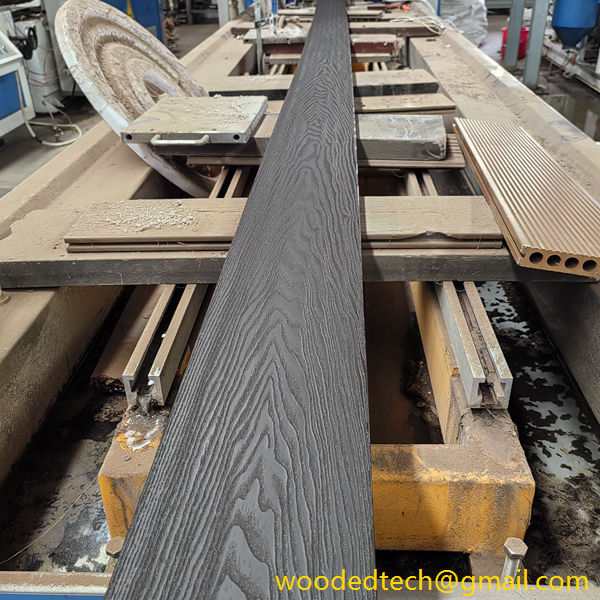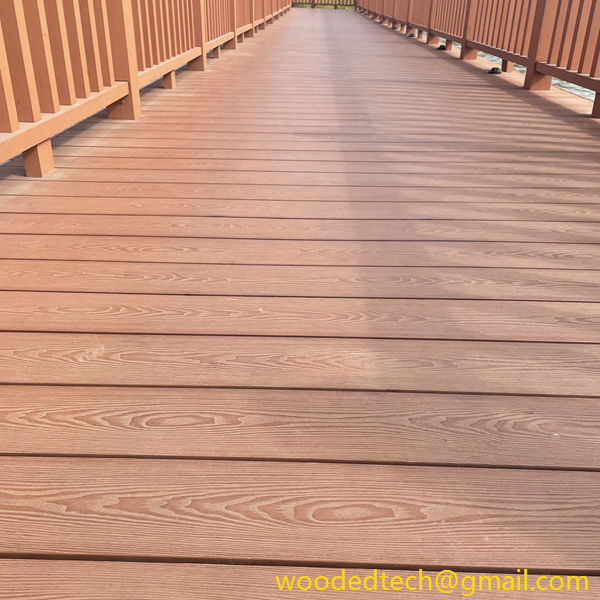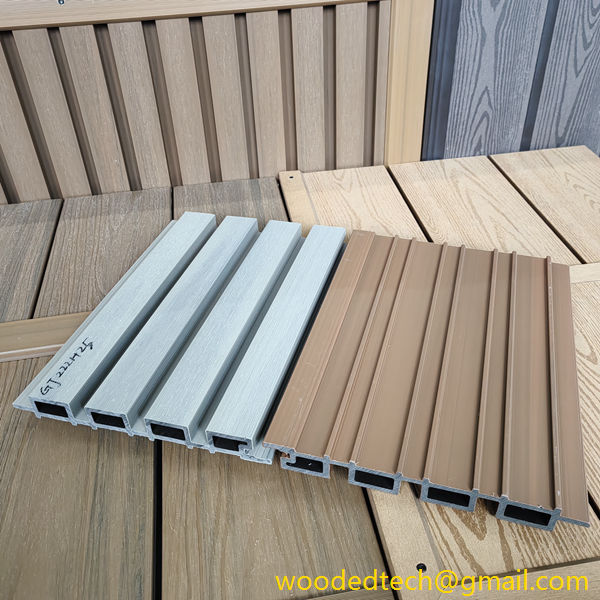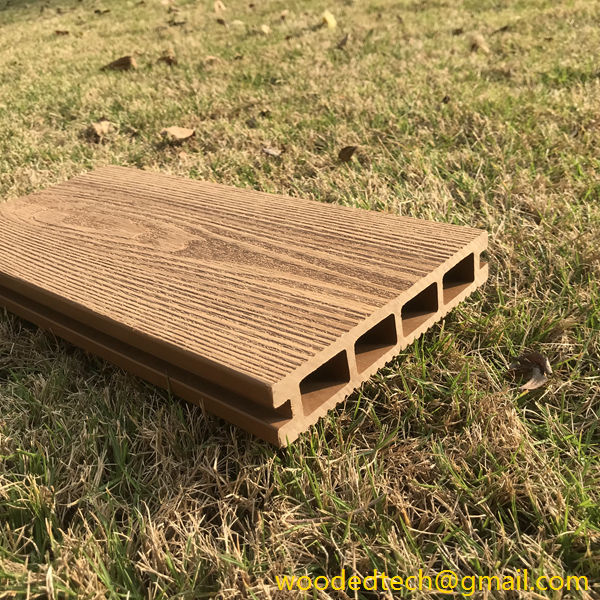How Do I Know if My Composite Decking is Capped: Identifying Capped Composite Decking
How Do I Know if My Composite Decking is Capped: Identifying Capped Composite Decking When it comes to choosing the right decking material for your outdoor space, composite decking has become a popular option due to its durability, low maintenance, and aesthetic appeal. However, not all composite decking is created equal. One of the distinguishing…
How Do I Know if My Composite Decking is Capped: Identifying Capped Composite Decking
When it comes to choosing the right decking material for your outdoor space, composite decking has become a popular option due to its durability, low maintenance, and aesthetic appeal. However, not all composite decking is created equal. One of the distinguishing factors is whether the decking is capped or uncapped. Capped composite decking refers to boards that have a protective layer or cap on all sides, enhancing their performance and longevity. Understanding how to identify capped composite decking can help you make informed decisions about your outdoor living space.
To determine if your composite decking is capped, the first step is to examine the surface of the boards. Capped composite decking typically has a smoother and glossier finish compared to uncapped boards, which may have a more textured or grainy surface. This smooth surface is a result of the protective plastic layer that is applied to the boards during manufacturing. If your decking has a shiny or polished appearance, it is likely capped.
Another way to identify capped composite decking is to check the edges of the boards. Capped composite boards usually have a consistent appearance all around, as the cap extends to the edges. In contrast, uncapped boards may show exposed wood fibers or a raw texture on the edges. If you can see the wood-like material on the edges, it is a strong indication that your decking is uncapped.
If you are still unsure, consider the age of your deck. Capped composite decking has gained popularity over the past two decades, with many manufacturers introducing capped options in response to consumer demand for more durable products. If your deck was installed within the last 10 to 15 years, there is a higher likelihood that it is capped. On the other hand, if your decking is older, it may be uncapped.
In addition to visual inspection, you can also look for specific brand features or labels. Many manufacturers clearly indicate whether their products are capped or uncapped on the packaging or in promotional materials. If you have the original packaging or documentation for your decking, check there for any indications about whether it is capped. If you are unsure of the brand, you can conduct some research online to find out more about the specific product you have.
The benefits of capped composite decking are worth noting as well. Because of the protective cap, these boards are highly resistant to stains, fading, and moisture damage. This means that they are less likely to warp, splinter, or develop mold over time, making them an ideal choice for areas exposed to the elements. If you find that your decking has withstood the test of time with minimal maintenance, it is likely that you have a capped composite product.
Another significant advantage of capped composite decking is its ease of cleaning. The smooth surface allows for easy removal of dirt and debris, and because these boards are resistant to stains, you won’t need to worry as much about spills or food staining your deck. Regular cleaning with soap and water is typically all that is needed to keep your capped composite decking looking its best.
In addition to functionality, capped composite decking also offers a wide variety of design options. Many manufacturers produce boards in various colors, textures, and finishes, allowing you to customize your outdoor space to match your personal style. Whether you prefer a classic wood look or a more modern aesthetic, there are capped options available to suit your preferences.
While identifying capped composite decking is essential, understanding its advantages can also influence your decision-making process when it comes to maintenance and replacement. If you discover that your decking is uncapped, you may want to consider upgrading to capped composite boards for the enhanced benefits they offer. The investment in capped composite decking can lead to lower long-term maintenance costs and a more enjoyable outdoor experience.
In conclusion, knowing whether your composite decking is capped is crucial for maintaining its integrity and appearance. By examining the surface, edges, age, and brand information, you can confidently determine the type of decking you have. Capped composite decking provides numerous benefits, including enhanced durability, easy maintenance, and a wide range of design options. If you find that your decking is uncapped, consider the advantages of upgrading to capped composite boards to enjoy a more resilient and beautiful outdoor space. Ultimately, the right decking choice can transform your backyard into a welcoming oasis for relaxation and entertaining, and understanding the different types of materials available is key to achieving that vision.

